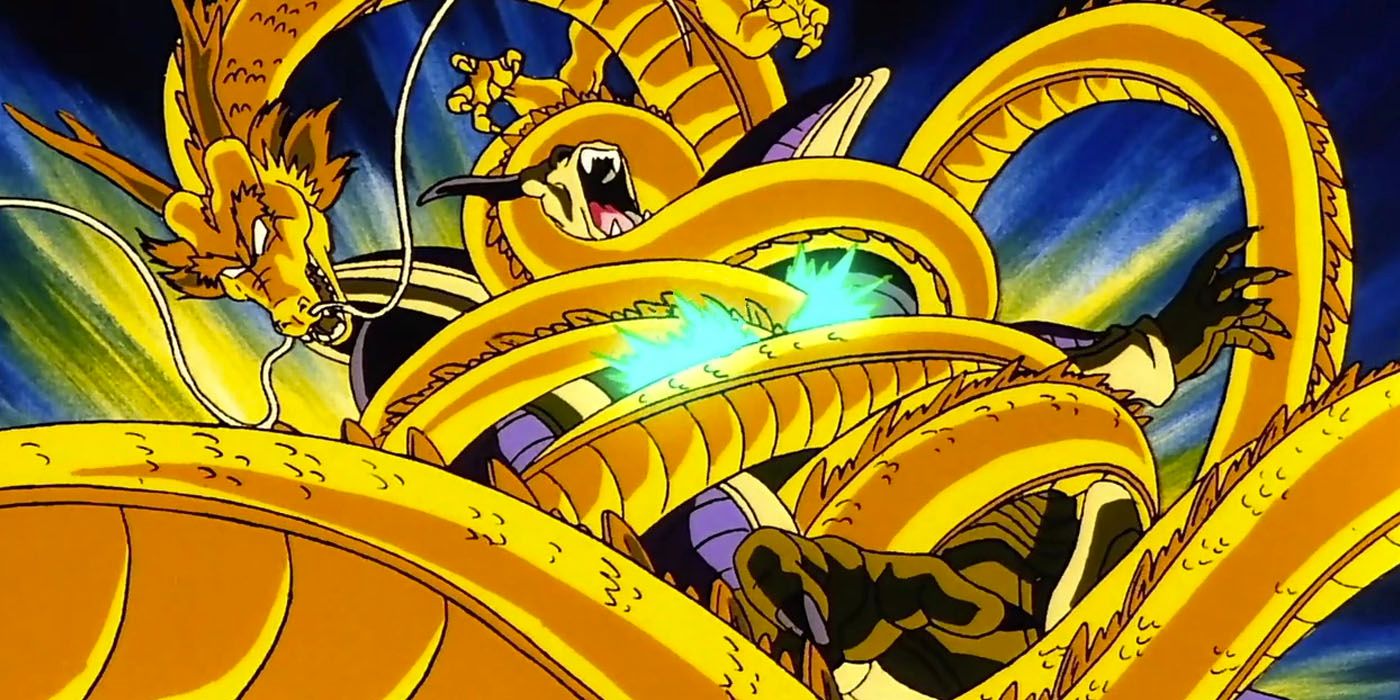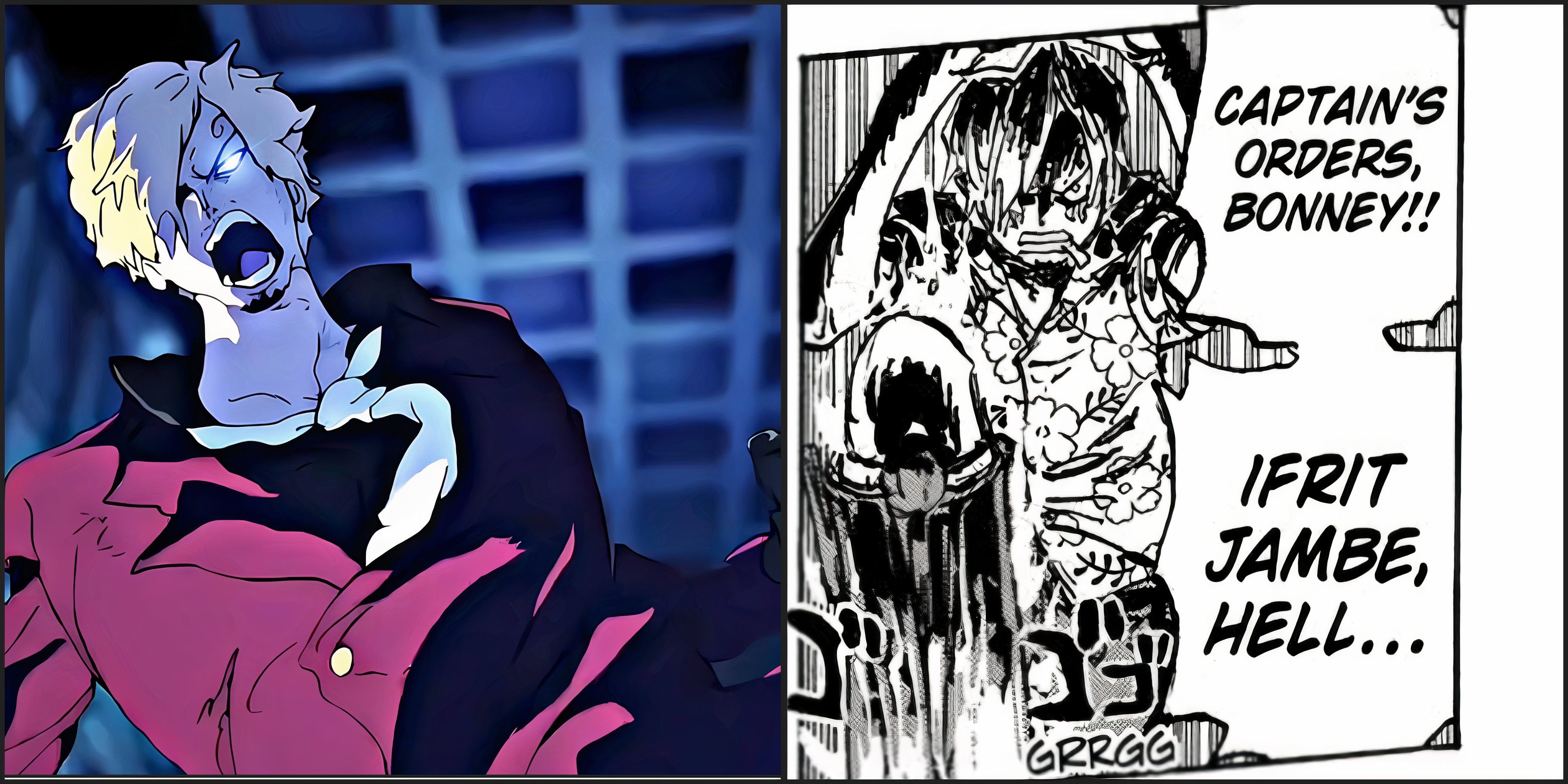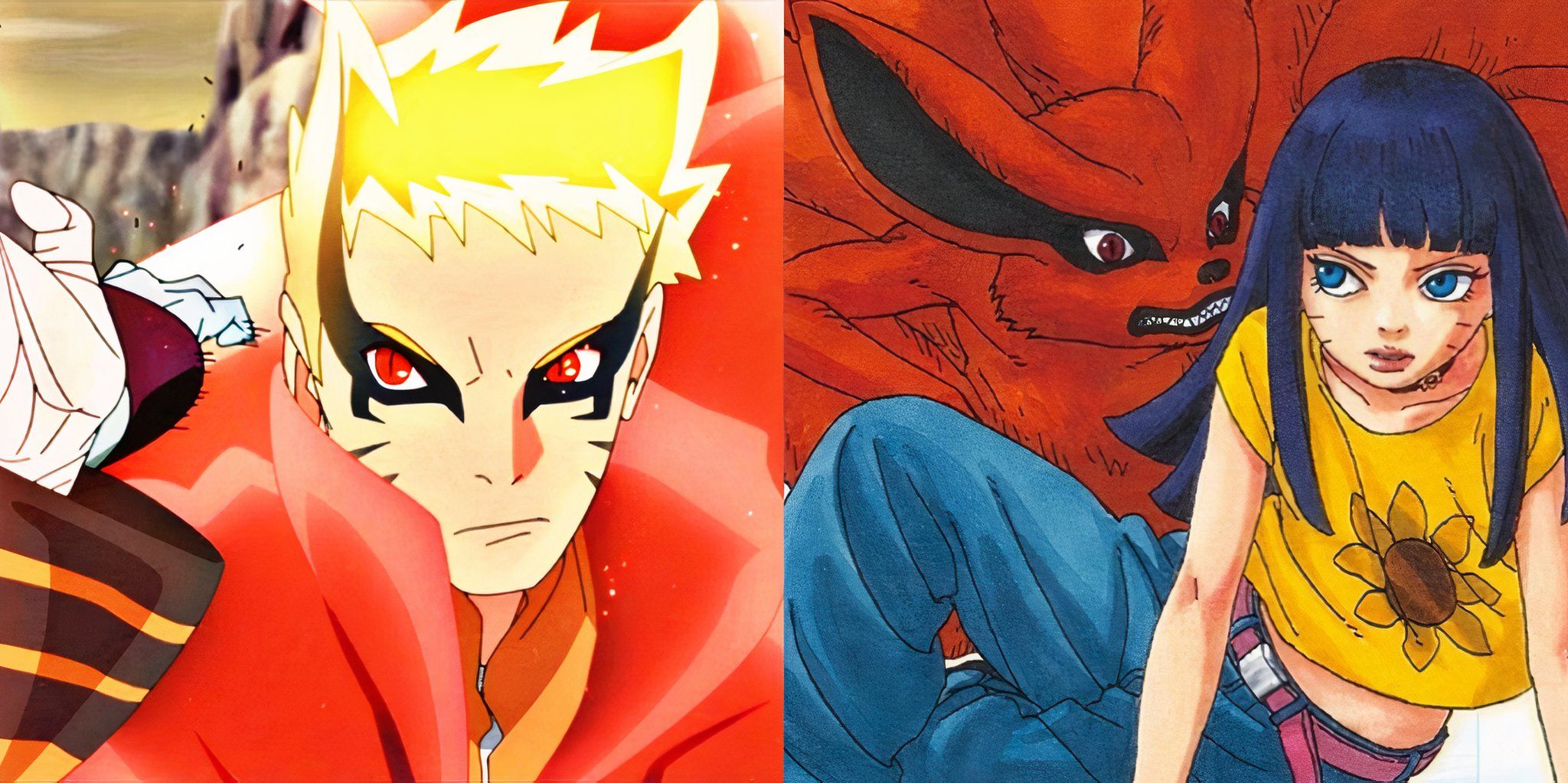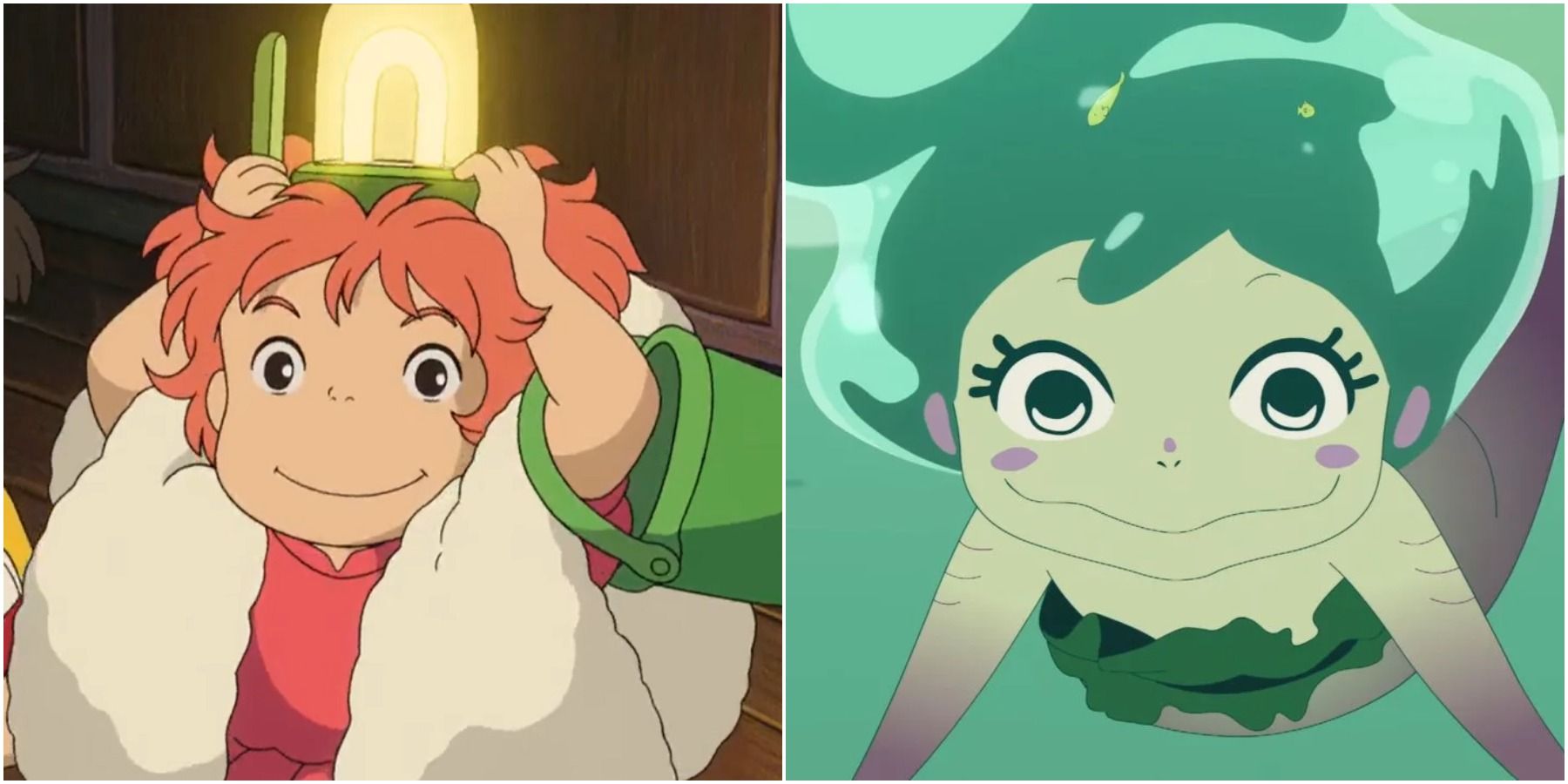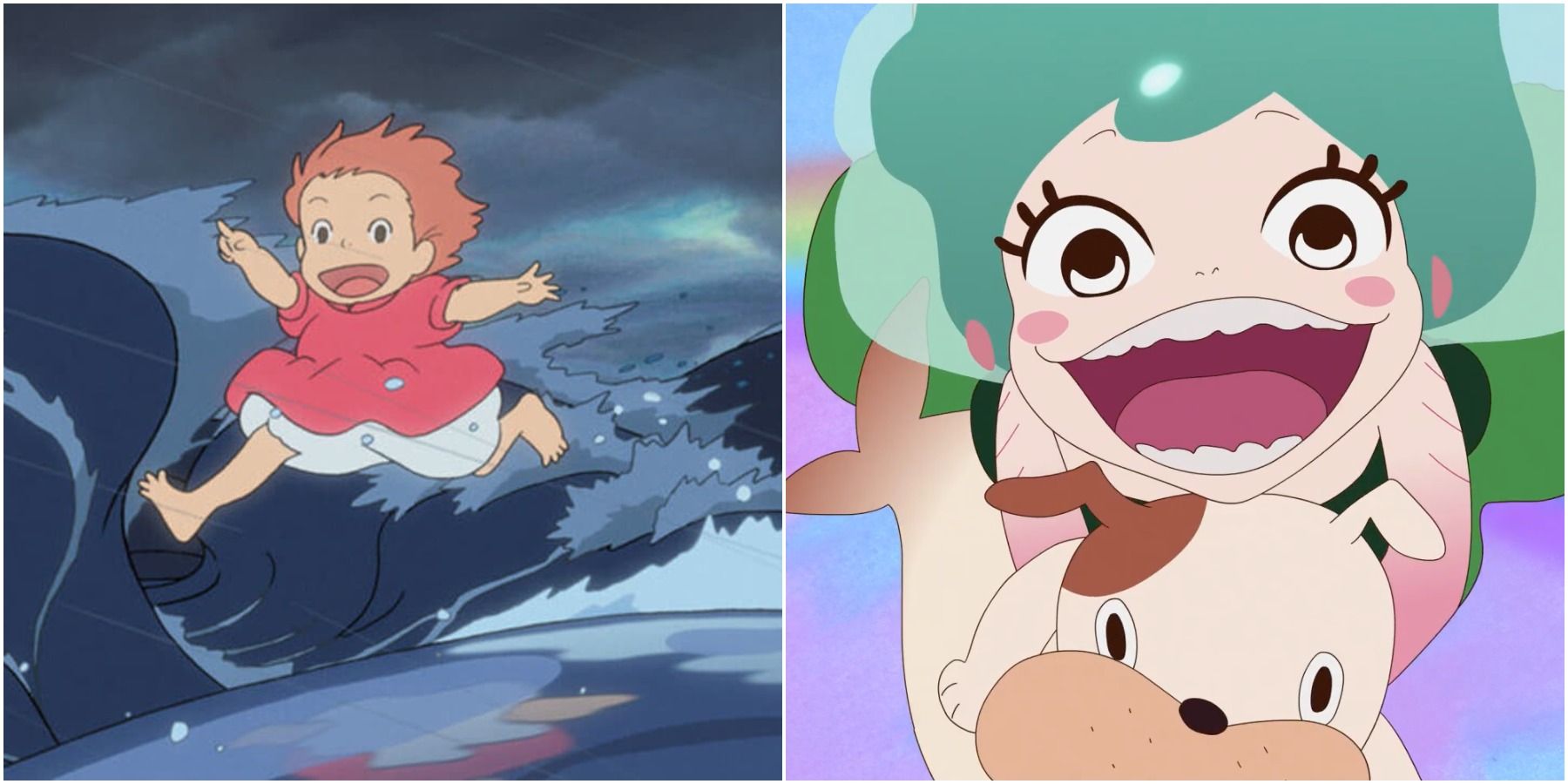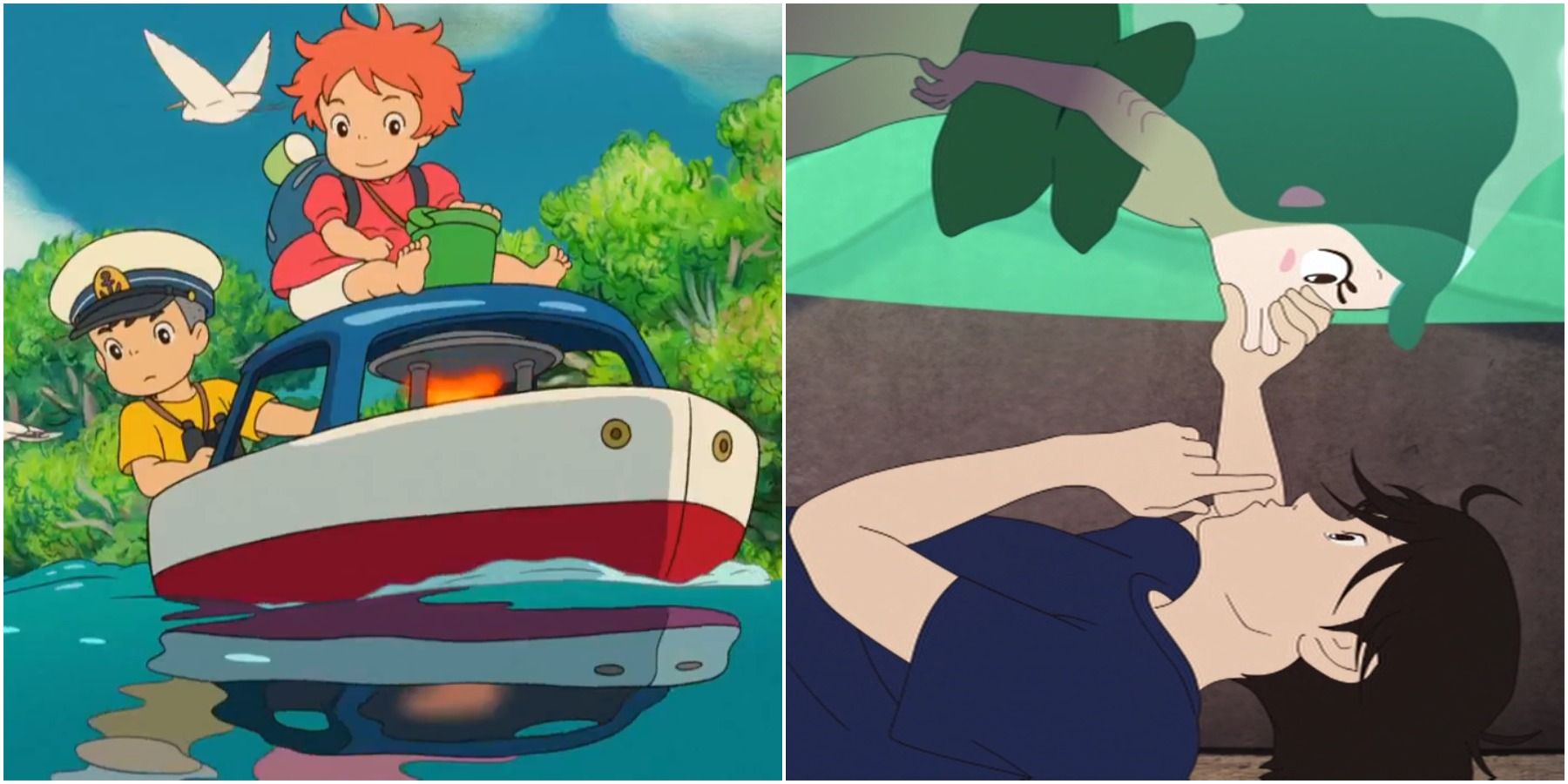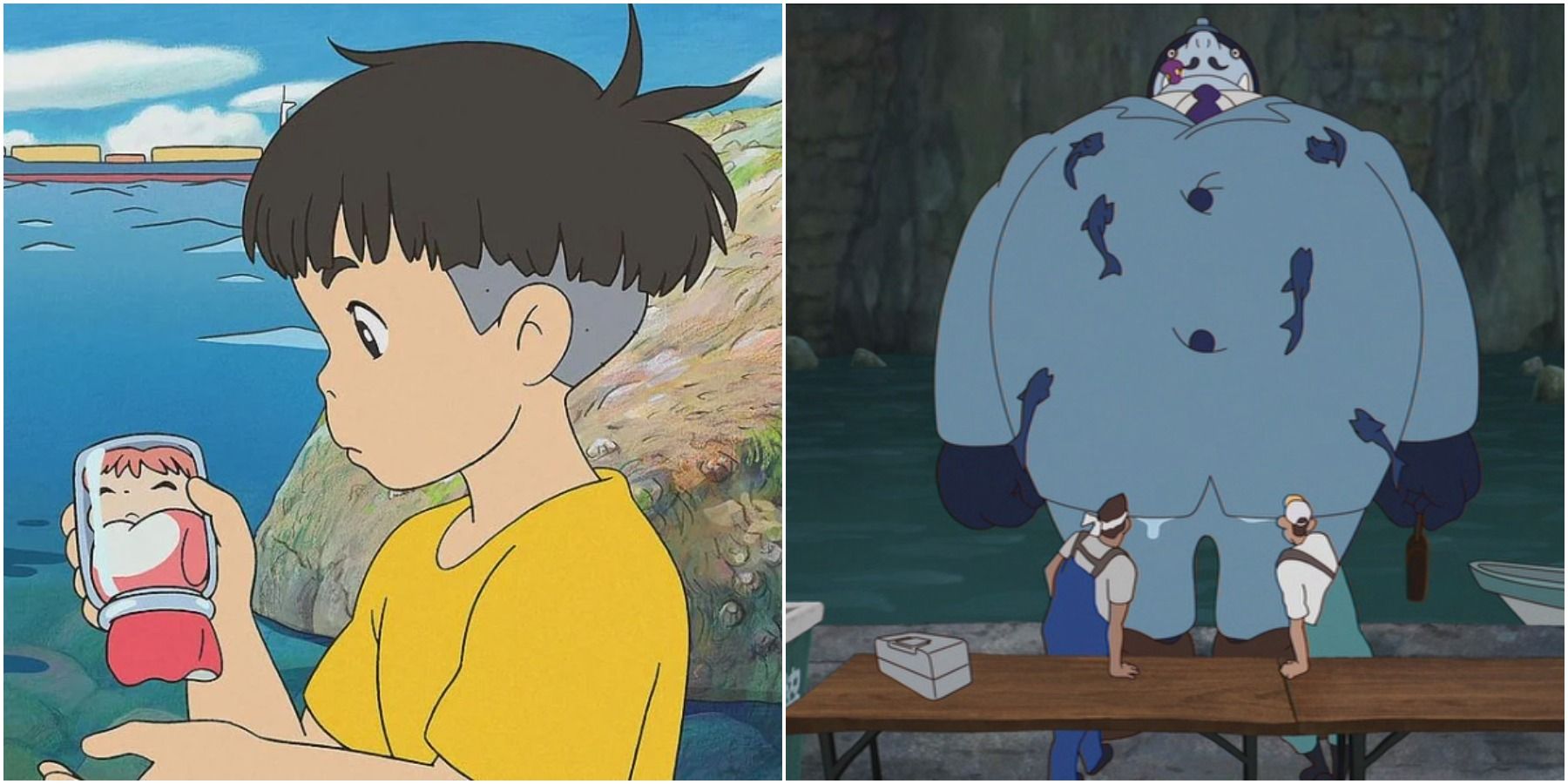Ponyo is a Studio Ghibli film released in 2008 and Lu over the Wall is a Science Saru film that came out in 2017. Both movies take place in a Japanese coastal town with young male protagonists befriending young girls who are sea creatures. Their friendship throws their respective little towns into chaos as the sea consumes the land. It is only when the protagonist comes to terms with their feelings and desires that the sea and land return to normal.
There are a lot of little elements that make these movies similar as well, such as Ponyo and Lu having protective and paranormal fathers and both girls having curious and trusting personalities that bring them to the land and its people. However, there are some differences in the movies as well such as their message and the age range of the characters. The animation styles are also quite different.
Why These Movies Are So Similar
Lu over the Wall did not copy Ponyo, but they were inspired by the same content. They echo both Hans Christian Andersen's The Little Mermaid as well Japanese folktales. One particular old folktale, which has influenced a lot of anime and Japanese video games, is one about Otohime, an immortal undersea princess that a fisherman meets after saving a sea turtle from harm. What is most telling about these films, though, is the folklore of Japanese Ningyo.
Both Ponyo and Lu are also based on the same Japanese mythological creature called Ningyo, which are basically Japanese mermaids. However, there are parts of their mythology that are not mermaid-like. Fishermen who brought Ningyo to their homes were believed to bring misfortune in the form of storms to the land. The storms would only end if the Ningyo was returned to the sea. Finding a Ningyo on the shore was believed to be an omen of calamity. Their designs were not always typical of western mermaids either, sometimes being drawn as a face with a human face rather than a human with a fishtail. Ponyo and Lu are undoubtedly based more on Ningyo than mermaids, as their relationship with the boys in the films does bring brief calamity upon the coastal towns.
Their Differences And Lessons
Despite being so alike, the films tackle different important lessons. Ponyo, like a lot of Studio Ghibli movies, contains environmental lessons that are solved through compassion. Sousuke is an allegory for mankind and Ponyo is an allegory for the sea, and the movie shows how the balance between the sea and man is made through love and care. Ponyo's father does not trust mankind, and is thus overprotective of her, but learns to let go to give mankind (Sousuke) a chance by allowing their friendship to thrive. As usual, Studio Ghibli keeps its environmentalism lesson subtle with no villains while garbage is certainly around on the seafloor from the beginning.
The age of the boy in Ponyo is younger than the protagonist in Lu over the Wall, which puts him and Ponyo on a more equal footing. The movie takes a more innocent and sugarcoated view of the world because of the young characters. The animation is also typical of Studio Ghibli, with a lot of attention to the beauty of nature, large exaggerated tears, and hair that gets fluffy when a character is excited.
Unlike Ponyo, Lu over the Wall tackles xenophobia more than it does environmentalism. Its lessons are a little more complicated than Ponyo. The coastal town people are fearful of mermaids, as there is a history of people being kidnaped by them. There are also characters that see the otherness of these sea people and turn it into a spectacle for profit. The fish-folk in this movie are also a little like vampires, bursting into flames when exposed to sunlight and able to turn humans into more mermaids through their bite. The human characters are challenged to learn that they are not so different after all, and the fish people should be treated peacefully and with respect.
In Lu over the Wall, the protagonist is a teenager and thus understands Lu less than Sousuke did with Ponyo. The movie is a little more mature as well with teenager issues of identity rather than five-year-old issues. The animation is also quite unique, as it is made by the same man who created Devilman Crybaby, Japan Sinks: 2020, Ride Your Wave, and Ping Pong the Animation. His work is quite famous for its range of emotion and movement with no chains to realism.
Audience Reactions
Studio Ghibli is internationally known and acclaimed, so predictably, Ponyo is more well known and has more positive reviews. Fans have written opinions online that they like Lu over the Wall's story and characters less than Ponyo, however, they adore its creative animation. Despite being known less on the international scale, Lu over the Wall has actually won many accolades like Ponyo, winning awards at the Japan Media Arts Festival, Mainichi Film Awards, Fantasia International Film Festival, Shanghai International Film Festival, and Annecy International Animated Film Festival.
The similarities between Ponyo and Lu over the Wall are no secret either, as many fans and even Lu over the Wall's film director himself have commented on their commonalities. The director, Masaaki Yuasa has acknowledged their similarities but mentioned that he noticed them very late in the production Lu over the Wall. His feelings about the similarities, though, are optimistic because he loves Hayao Miyazaki's work. Fans themselves don't harbor any ill feelings about the similarities either, as the movies are different enough in many aspects.

